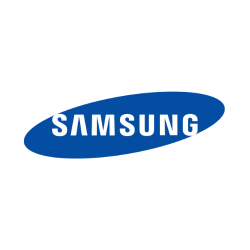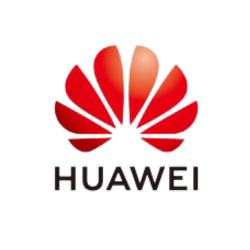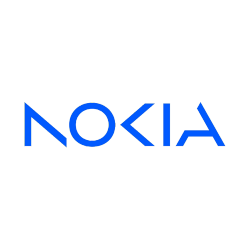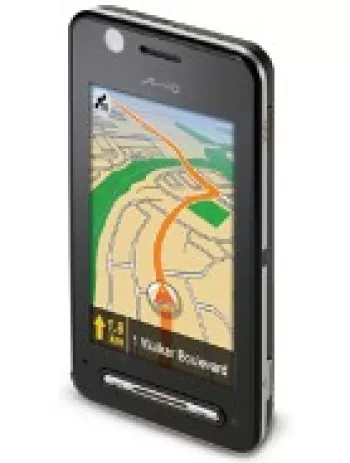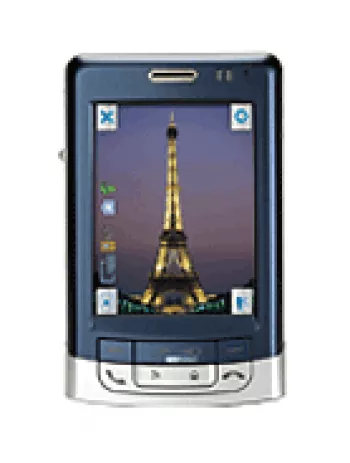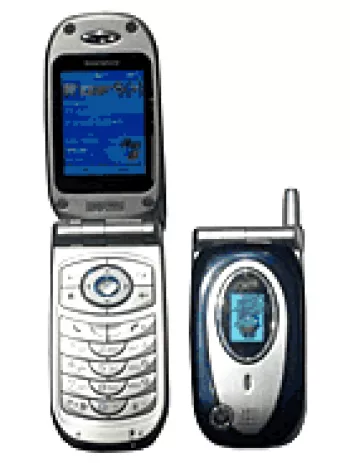
Overview of the Mitac MIO A501
The Mitac MIO A501, although cancelled before hitting the market, presented itself as an interesting device in the world of early smartphones. Announced in the fourth quarter of 2007, it combined several features that were attractive at the time, with a focus on providing a comprehensive mobile experience by integrating GPS technology and running on the Windows Mobile platform.
Design and Build
The Mitac MIO A501 had a typical design language of smartphones from that era with a modest body dimension of 95.7 x 59.6 x 20.7 mm and a weight of 135 grams. Made to be portable yet functional, it adopted a style that emphasized its user-friendly interface via a resistive touchscreen. The device supported a Mini-SIM card and featured a sober gray color, maintaining a professional and understated look.
Display Characteristics
The device sported a 2.7-inch TFT resistive touchscreen capable of displaying 256K colors. With a resolution of 240 x 320 pixels in a 4:3 aspect ratio, which gives it a pixel density of approximately 148 ppi, the MIO A501 promised a decent display quality for basic applications and tasks of that time.
Performance and Hardware
At its heart, the Mitac MIO A501 was powered by a TI OMAP 850 chipset and a 200 MHz ARM926EJ-S processor. The choice of components reflects the typical hardware configuration for smartphones during the mid-2000s. It included 64MB of RAM and 256MB of internal storage, expandable through an SD/MMC card slot, ensuring enough space for essential applications and data.
Operating System and Software
The device operated on Windows Mobile 5 AKU3.3, a popular choice for smartphones of that era, providing access to a suite of applications designed for productivity and communication. Although the system may seem limited by today’s standards, it offered substantial capabilities at the time, including support for various multimedia and productivity apps.
Camera Functionality
Equipped with a 2 MP main camera with LED flash, the MIO A501 allowed users to capture standard quality photos and videos. While the lack of a front camera limited its ability to take selfies or make video calls, the main camera sufficed for basic photography needs.
Connectivity and Network
The device supported GSM technology and could connect through 2G bands, including GSM 850/900/1800/1900. It offered GPRS Class 10 and EDGE Class 10 for mobile internet use. Although lacking WLAN and radio functionalities, the Mitac MIO A501 compensated with Bluetooth 2.0 and A2DP support, along with USB 1.1 connectivity for file transfers.
GPS and Navigation
One of the standout features of the MIO A501 was its GPS functionality, powered by a SiRF Star III chipset. This integration marked it as a significant device for navigation purposes, catering to users needing reliable GPS services, although other navigation-supported applications were still in their nascent phase.
Battery Life and Power Management
The device housed a removable 1050 mAh Li-Ion battery, capable of providing up to 200 hours of standby time and about 4 hours and 30 minutes of talk time. Such battery performance was adequate for daily needs given the device's functional scope and power demands.
Sound and Multimedia
The MIO A501 featured a loudspeaker and supported various alert types, including vibration and downloadable polyphonic and MP3 ringtones. However, it lacked the 3.5mm jack which was common in music-oriented devices of the time, potentially limiting its use as a primary media and music playback device.
Market Position and Pricing
Priced at approximately 210 EUR, the Mitac MIO A501 was a mid-range device tailored towards professionals who required basic connectivity and navigation functions. Although ultimately cancelled, its specification sheet reveals an intention to meet the essential needs of a mobile user during the time of its announcement.
Conclusion
Although the Mitac MIO A501 never made it to commercial availability, its proposed features reflect an interesting snapshot of mobile technology aspirations in the late 2000s. Its integration of navigation technology, combined with the power of the Windows Mobile platform, represented a solid attempt to deliver a versatile and user-centric device. The MIO A501 can be seen as a precursor to more advanced smartphones that would dominate the market in the following years.
Key Features of Mitac MIO A501
- GSM technology supports worldwide connectivity with 2G bands across GSM 850/900/1800/1900.
- Features a resistive touchscreen with a TFT display capable of showing 256K colors, providing a decent visual experience.
- Compact dimensions of 95.7 x 59.6 x 20.7 mm make it easy to handle and portable.
- Powered by Windows Mobile 5 AKU3.3 OS, offering basic smartphone functionalities.
- Equipped with a GPS module featuring a SiRF Star III chipset for accurate navigation.
- Includes Bluetooth 2.0 with A2DP support for wireless connectivity with compatible devices.
- 2 MP main camera equipped with an LED flash for capturing photos in low light conditions.
- Expandable storage options with SD/MMC, SDIO card slot support.
- Removable Li-Ion 1050 mAh battery providing up to 200 hours of standby time and up to 4.5 hours of talk time.
Disadvantages of Mitac MIO A501
- Cancelled status - The device was announced but ultimately cancelled, which means it is not available for purchase or use.
- Outdated Operating System - Runs on Windows Mobile 5 AKU3.3, which is significantly outdated by current standards.
- Low CPU Performance - Equipped with a 200 MHz ARM926EJ-S CPU, which may not handle modern applications efficiently.
- Limited Memory - Comes with only 256MB of internal storage and 64MB of RAM, restricting its ability to store apps and data.
- Poor Screen Ratio and Resolution - The screen-to-body ratio is only ~39.6%, with a low resolution of 240 x 320 pixels.
- No Front Camera - Lacks a front-facing camera for selfies or video calls.
- No WLAN Support - Does not support WLAN, limiting internet connectivity options.
- No 3.5mm Jack - Missing the standard 3.5mm headphone jack, which can be inconvenient for audio users.
- No Radio - Lacks FM radio functionality.

View Also
More Phones
All Rights Reserved +13666 Phones © Mobilawy 2025


